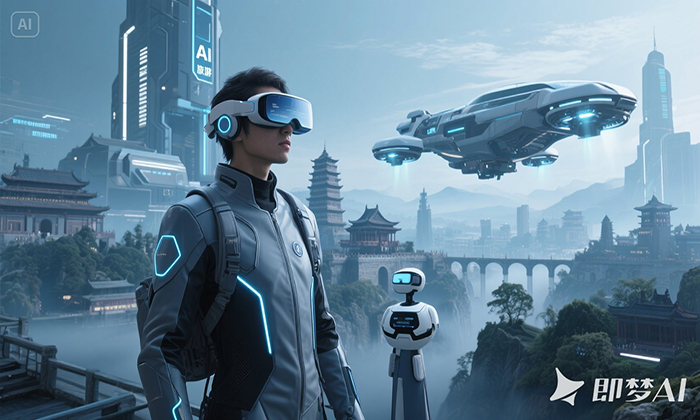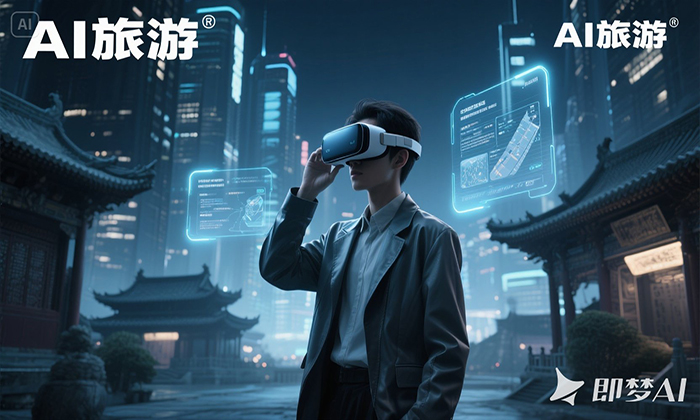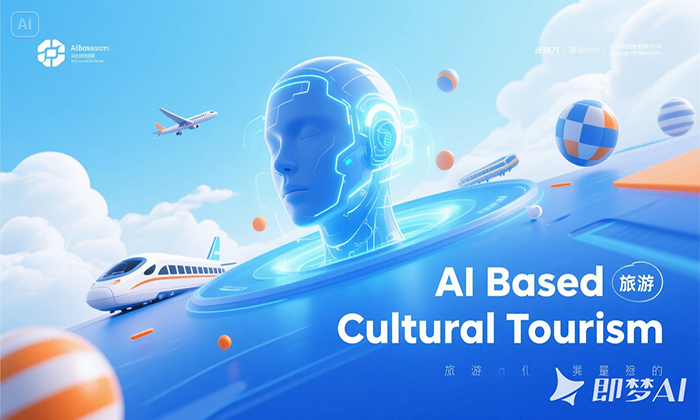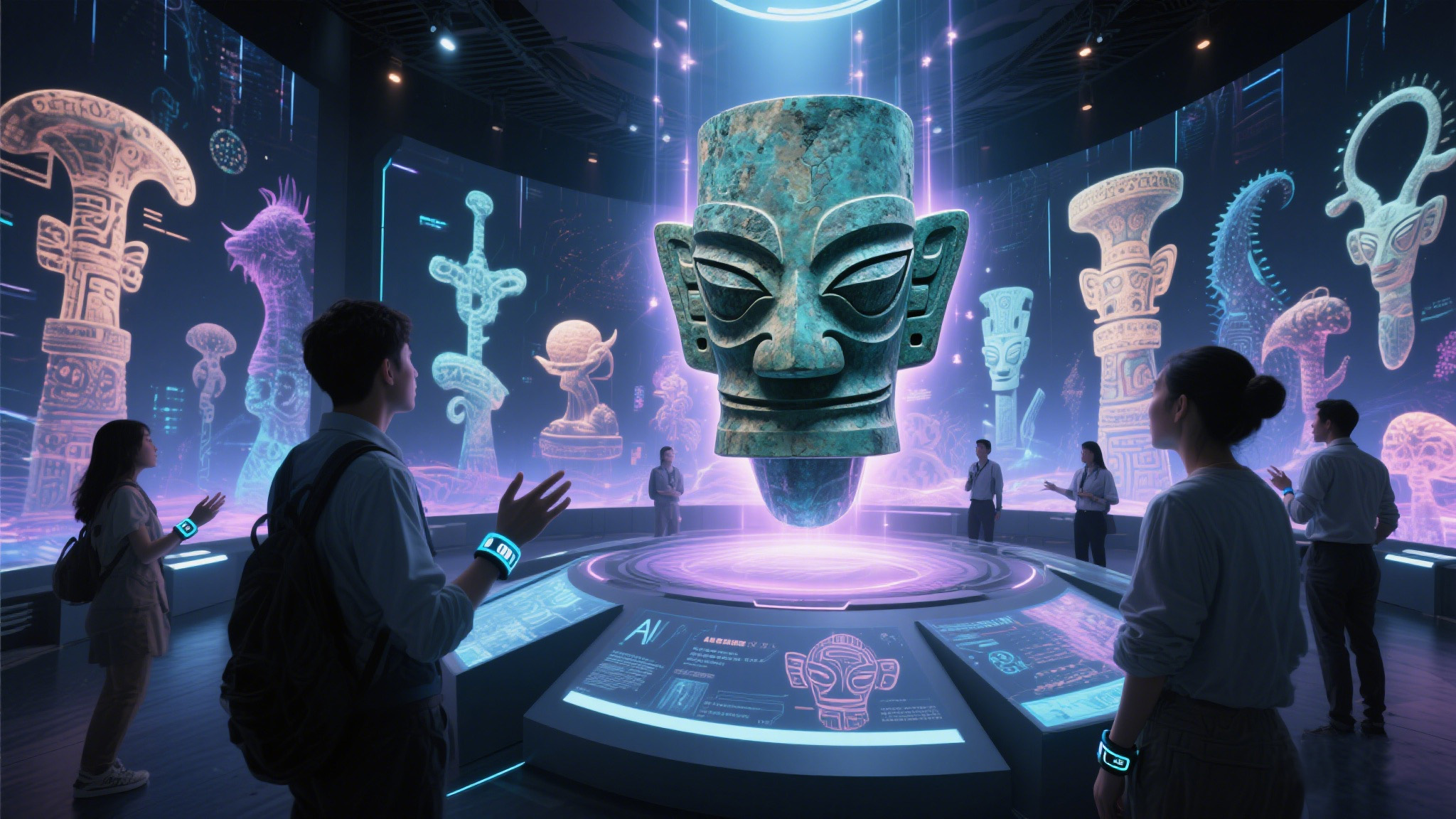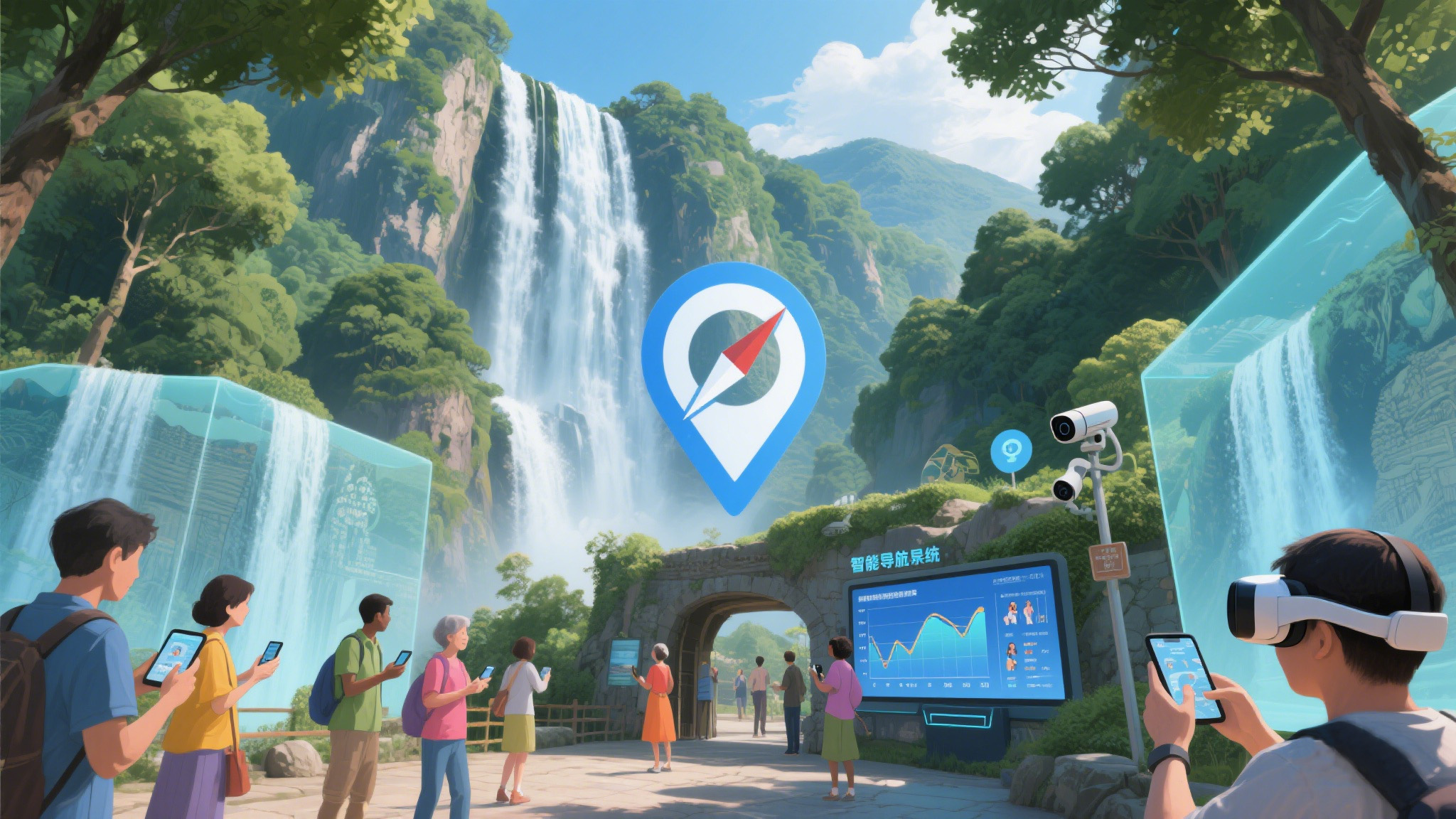AI Tourism: Opening a New Era
Linlin 2025-06-03
In the current era of rapid technological advancement, AI-powered tourism is reshaping the global cultural and tourism industry at an astonishing pace. From ancient historical sites to modern theme parks, AI technology permeates every corner, offering tourists unprecedented experiences.
In the current era of rapid technological advancement, AI-powered tourism is reshaping the global cultural and tourism industry at an astonishing pace. From ancient historical sites to modern theme parks, AI technology permeates every corner, offering tourists unprecedented experiences.
Development Trends: Prioritizing Intelligence and Immersion
The development of AI tourism is moving towards intelligence, personalization, and immersive experiences. Through big data analysis and machine learning algorithms, AI can deeply understand tourists' preferences and customize travel plans for them. In the future, virtual tour guides, augmented reality (AR), and virtual reality (VR) technologies will become more sophisticated, allowing tourists to feel as if they have traveled through time and immerse themselves in the charm of their destinations.
Diverse Tools Driving Tourism Upgrades
To meet the needs of both tourists and industry practitioners, various AI tourism tools have emerged. Intelligent travel assistants can quickly plan itineraries, recommend popular attractions, and suggest local delicacies. Image recognition technology enables tourists to identify landmark buildings and obtain relevant historical and cultural information. Intelligent customer service stands ready to answer tourists' questions and provide considerate services. Additionally, AI is applied in scenic area management, optimizing operations by analyzing passenger flow data and enhancing the overall tourist experience.
National Differences: Tailored Development Approaches
The application of AI in tourism varies across different countries. In technologically advanced nations such as the United States and Japan, AI technology is widely used in theme parks and museums to create highly immersive experiences. Disney Parks in the United States utilize AI to optimize queuing times and offer personalized entertainment recommendations. Japan leverages AI to bring historical and cultural attractions to life, presenting tourists with vivid historical scenes.
Developing countries are also actively exploring AI tourism. For instance, China, with its vast internet user base and advanced digital technology, has made remarkable progress in intelligent tour guides and online tourism platforms. Many scenic areas have introduced AI tour guides that provide multilingual commentary services. India uses AI technology to promote the digital protection and dissemination of cultural heritage, enabling the world to gain a better understanding of India's rich historical and cultural legacy.
AI tourism has a promising future. It will continue to provide global tourists with smarter, more convenient, and personalized travel experiences, propelling the cultural and tourism industry to new heights.
Development Trends: Prioritizing Intelligence and Immersion
The development of AI tourism is moving towards intelligence, personalization, and immersive experiences. Through big data analysis and machine learning algorithms, AI can deeply understand tourists' preferences and customize travel plans for them. In the future, virtual tour guides, augmented reality (AR), and virtual reality (VR) technologies will become more sophisticated, allowing tourists to feel as if they have traveled through time and immerse themselves in the charm of their destinations.
Diverse Tools Driving Tourism Upgrades
To meet the needs of both tourists and industry practitioners, various AI tourism tools have emerged. Intelligent travel assistants can quickly plan itineraries, recommend popular attractions, and suggest local delicacies. Image recognition technology enables tourists to identify landmark buildings and obtain relevant historical and cultural information. Intelligent customer service stands ready to answer tourists' questions and provide considerate services. Additionally, AI is applied in scenic area management, optimizing operations by analyzing passenger flow data and enhancing the overall tourist experience.
National Differences: Tailored Development Approaches
The application of AI in tourism varies across different countries. In technologically advanced nations such as the United States and Japan, AI technology is widely used in theme parks and museums to create highly immersive experiences. Disney Parks in the United States utilize AI to optimize queuing times and offer personalized entertainment recommendations. Japan leverages AI to bring historical and cultural attractions to life, presenting tourists with vivid historical scenes.
Developing countries are also actively exploring AI tourism. For instance, China, with its vast internet user base and advanced digital technology, has made remarkable progress in intelligent tour guides and online tourism platforms. Many scenic areas have introduced AI tour guides that provide multilingual commentary services. India uses AI technology to promote the digital protection and dissemination of cultural heritage, enabling the world to gain a better understanding of India's rich historical and cultural legacy.
AI tourism has a promising future. It will continue to provide global tourists with smarter, more convenient, and personalized travel experiences, propelling the cultural and tourism industry to new heights.







